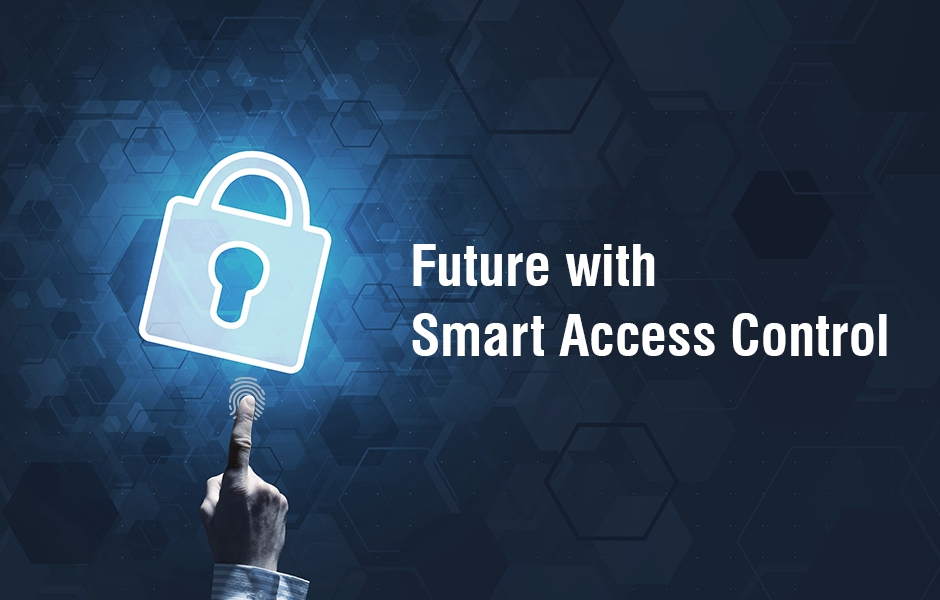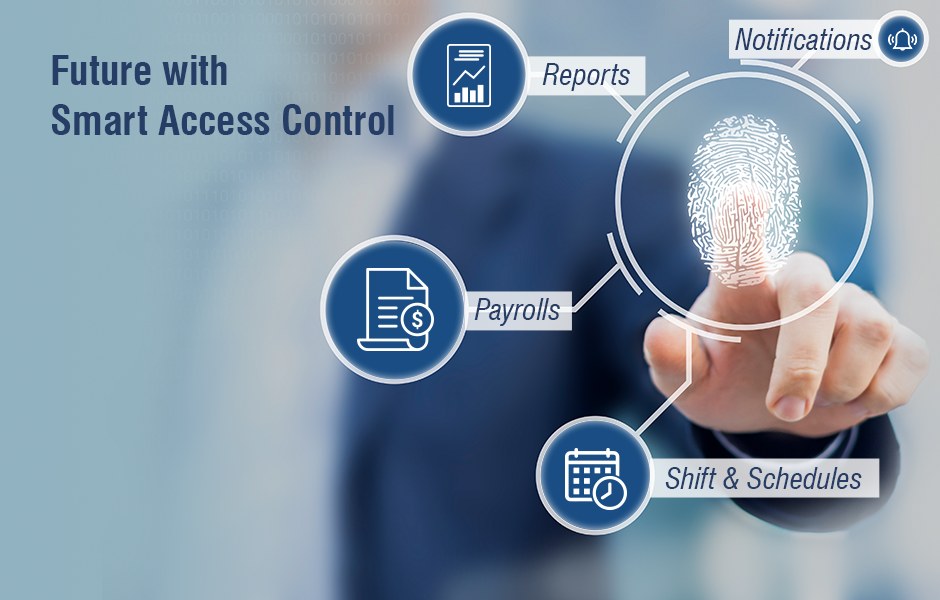
Everything has two sides. And when it comes to technology, no difference is there. Innovation in technology can lead us to a better world, however, it also opens the door for fraudulent. Data in any organization plays a prominent role and therefore, it should be secured. For example, if we talk about the pharmaceutical industry, restrictions to access R&D facilities in order to protect against research data and formulation breaches. Therefore, as more and more enterprises are understanding the necessity of securing their data, the access control authentication technology is getting revolutionized.
Basically, what is biometric access control? It identifies the person based on certain criteria, you can say a set of recognizable and verifiable factors, which are unique to a specific user. Moreover, it gives the rights to access a restricted area. If we make it simpler, this is the process of comparing the user’s characteristics to the person’s template (fingerprints, palm vein, face recognition) saved in biometric.
In the past, we had a password/pin protected access control of any restricted area. But, extensive calls for the death of the conventional password/pin have now become very common, primarily because we simply have too many devices and accounts to remember separate passwords/pins for each one. When we are talking about the current scenario, we come to the point of biometric machines with fingerprint, palm vein and face recognition technology. But, when we want to add some more feathers on the hat, touchless, quick, and the future of the biometric access control will come in the picture with the smart devices.
Static(current) Vs Smart(future) Biometric Access Control Machines
If you talk about functioning, they both are almost similar. Static biometric machines are mostly used and well-known type of biometric. They are proven and consumer-friendly biometric machines. Some of them are fingerprint and facial recognition. Although static biometric machines come with the ease of use, there are security issues attached with it. Smart biometric machines are there for access control with the help of smart paired devices. These biometric readers can be paired with the Bluetooth, Wi-Fi or GPS enabled devices.
What are the Challenges Faced by the Static Biometric?
When we were using fingerprint, synthetic fingerprints also can be fine-tuned with the biometric readers. Vulnerability in palm vein reader has also been detected. So, for these kinds of fraudulent and challenges people came up with the smarter technologies for access control with smartphones.
So, let’s understand the features of advanced biometric access control from Matrix in detail.
Save hardware cost, easy installation: When it comes to installation, smart devices are the easiest as they are portable and can be carried anywhere. For example, your smartphone can be paired with any devices through Wi-Fi, Bluetooth, GPS, etc. So, no need for extra device or card or anything. And due to this, the installation cost can be minimized. You just need to install Matrix COSEC APTA in your own device.

Ultrafast User Verification: If we integrate the biometrics authentication with smartphones, then what would be the case, you don’t have to stand in front of the device, once you are around the system, it will automatically verify the user by getting paired with the biometric readers.
Attendance Marking: It makes easier to mark attendance through mobile phone with the help of APTA. It also shares the location details to the server through server using GPS which can also be used to mark attendance. This way, monitoring and planning can be better.
Application of Access Control: Smart biometric access control can be applied with different technologies like QR based, FR based, web-based, cloud-based and many more to increase the security and address identity theft.
Therefore, Smart identification is the future of access control. Newest technologies are trying to capture minutest details for reliable and accurate authentication. So, we can consider this as the future of biometric access control. You can share your insights with us.

